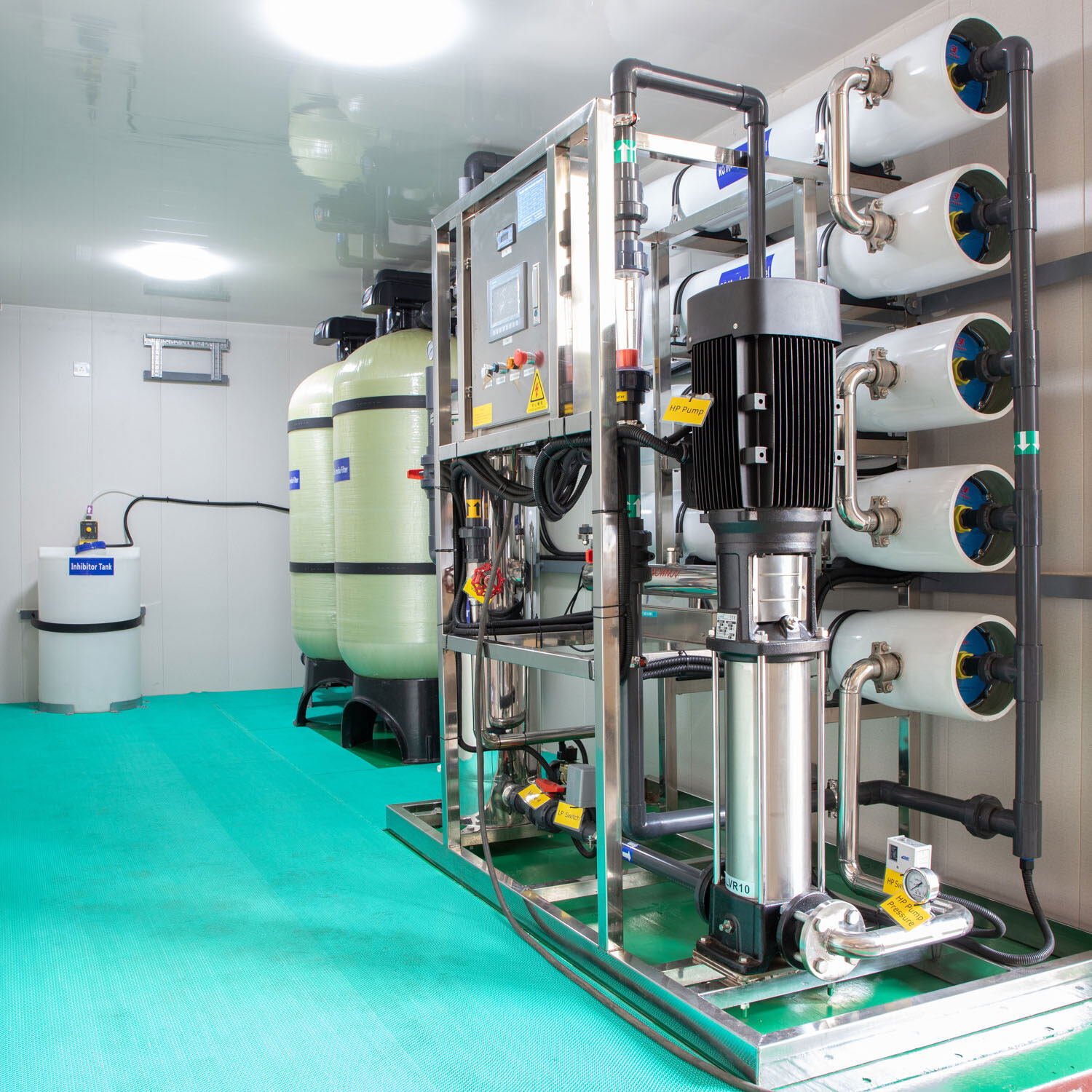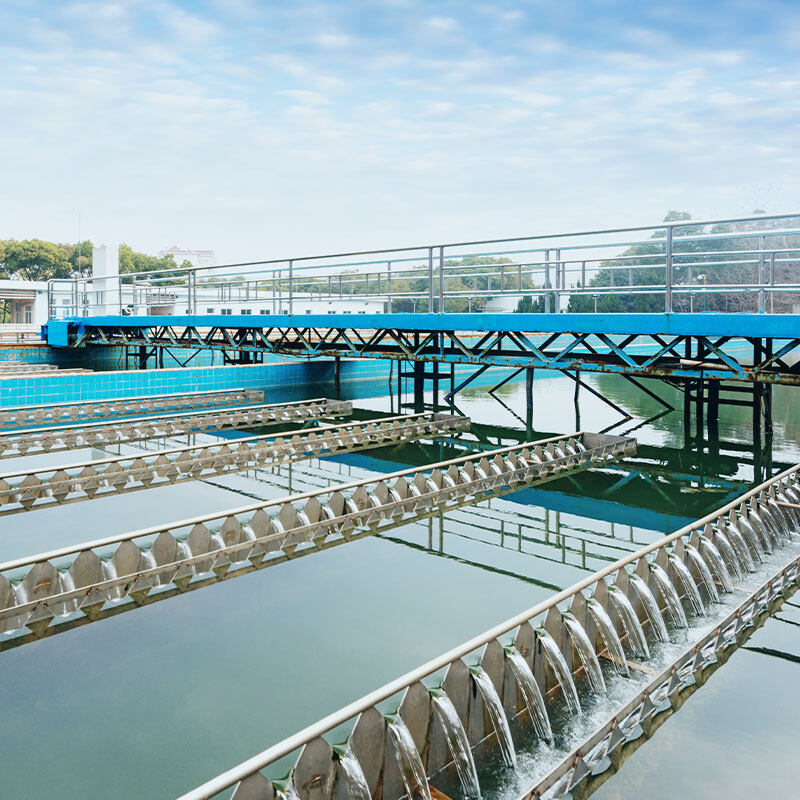Understanding the Importance of Tannery Wastewater Machines in Leather Industry
The leather industry is renowned for its ability to produce high-quality goods. These goods include shoes, bags, jackets, and furniture. The industry plays a significant role in the global economy. However, the environmental impact of leather production has become a growing concern. This impact is particularly linked to the wastewater generated during the tanning process. In response to this challenge, the development of the tannery wastewater machine has proven to be a game-changer. These machines are specifically designed to treat and manage wastewater produced by tanneries. They ensure that harmful pollutants are removed before the water is released into the environment.
In this blog, we will explore the importance of tannery wastewater machines. We will discuss how they work. We will highlight their benefits. Finally, we will explain why they are crucial for sustainable operations in the leather industry.
The Leather Industry and Its Environmental Impact
The leather tanning process involves the use of various chemicals. These chemicals include chromium salts, dyes, and preservatives. All of these chemicals can result in the generation of highly polluted wastewater. Tannery wastewater is typically laden with heavy metals. It also contains organic compounds and toxic substances. This makes the wastewater harmful to aquatic life and the surrounding environment if not treated correctly. The improper disposal of untreated tannery wastewater can lead to contamination of water sources. This poses significant risks to public health. It also threatens ecosystems.
As regulations regarding industrial pollution tighten worldwide, the need for effective wastewater treatment has never been more pressing. This is where the tannery wastewater machine comes into play. By helping tanneries manage their effluent, these machines enable manufacturers to comply with environmental standards. They also help reduce the environmental footprint of tanneries.
What is a Tannery Wastewater Machine?
A tannery wastewater machine is a specialized device. It is designed to treat the water used in the leather tanning process. These machines function by employing various filtration techniques. They also use chemical treatment methods. These processes remove contaminants such as salts, dyes, and heavy metals from the wastewater. The goal is to purify the water. This purified water can then be safely discharged into the environment. Alternatively, it can be reused within the tannery itself.
These machines can vary in size. They can also vary in complexity. This depends on the specific needs of the tannery. Some machines may use advanced technologies like reverse osmosis. Others might use ultrafiltration or biological treatment methods. Some systems might rely on simpler techniques like coagulation and flocculation. Regardless of the method, the end result is cleaner water. The result is also safer water. Additionally, the process supports more sustainable operations.
How Does a Tannery Wastewater Machine Work?
Tannery wastewater machines typically follow a multi-step process. This process treats and purifies the water. While the exact process may vary from one machine to another, most systems generally incorporate the following stages:
Preliminary Screening and Filtration
The first step involves screening and filtration. This removes large debris, particles, and solid waste. Examples include bits of leather, fibers, and other solids suspended in the wastewater. This initial filtration reduces the load on subsequent treatment steps.
Coagulation and Flocculation
In this stage, chemicals are added to the wastewater. These chemicals facilitate the removal of suspended particles. They also help remove dissolved pollutants. Coagulants bind particles together. Flocculants cause these particles to form larger clusters called flocs. These flocs can then be easily removed from the water.
Sedimentation
Once particles are aggregated into flocs, the water sits in a sedimentation tank. During this stage, heavier flocs settle at the bottom of the tank. Clearer water is separated from the sludge.

Advanced Treatment (Chemical and Biological)
Stubborn contaminants require advanced treatment methods. These contaminants include heavy metals like chromium. Chemical treatments neutralize or precipitate harmful substances. Biological treatment uses microorganisms to break down organic pollutants.
Final Filtration and Disinfection
After main contaminants are removed, the water passes through fine filters. It is then disinfected. This eliminates any remaining pathogens. The treated water becomes safe for discharge or reuse.
Sludge Handling and Disposal
Sludge generated during treatment must be properly handled. It requires careful disposal. Sludge often contains concentrated pollutants. It can sometimes be dried and used as a by-product in agriculture or construction. This depends on its composition.
Why Are Tannery Wastewater Machines Essential?
Environmental Protection
The most obvious benefit is environmental protection. Untreated leather production contributes significantly to pollution. This includes water contamination. Effective wastewater treatment reduces impact on local water sources. It safeguards aquatic ecosystems. It also reduces the risk of waterborne diseases.
Compliance with Regulations
Environmental regulations are increasingly stringent. Many countries require tanneries to treat wastewater before release. Investing in these machines ensures compliance with standards. It avoids potential fines or legal issues.
Cost-Effective Water Reuse
In water-scarce regions, treated wastewater can be reused. This reduces costs for purchasing fresh water. It decreases strain on local water sources. Recycling water leads to cost savings. It supports a sustainable business model.
Improved Public Image
Consumers prioritize sustainability. Tanneries using wastewater machines demonstrate eco-friendly practices. This improves public image. It appeals to environmentally conscious customers. Sustainable operations also create new business opportunities.
Health and Safety for Workers
Untreated wastewater poses health risks to workers. Exposure can cause skin and respiratory issues. Toxic chemicals in wastewater endanger employee health. These machines create safer working environments. They reduce accidents and health-related problems.
The Future of Tannery Wastewater Treatment
The leather industry continues to evolve. So does wastewater treatment technology. Tannery wastewater machines exemplify innovation. They help reduce ecological impact while maintaining efficiency. Future advancements may include:
Membrane Filtration Technologies
Membrane filtration, like reverse osmosis, is gaining popularity. It removes even the smallest contaminants. This produces high-quality water suitable for reuse.
Zero Liquid Discharge (ZLD) Systems
ZLD systems aim to eliminate wastewater release. They recover almost all water used in tanning. Residual waste is minimal and often solid. This offers a sustainable solution for water-scarce regions.
Energy-Efficient Solutions
Rising energy costs drive demand for efficiency. New technologies minimize energy consumption. They provide effective treatment while lowering long-term costs.
Conclusion: A Step Toward a Greener Leather Industry
In conclusion, tannery wastewater machines play a vital role. They ensure environmentally responsible operations in the leather industry. These machines treat and manage wastewater from tanning. They help tanneries comply with regulations. They protect the environment. They reduce operational costs. As the industry evolves, demand for efficient solutions will rise.
For leather businesses, investing in these machines is a smart financial decision. It is also a crucial step toward sustainability. This commitment supports a greener future. It aligns with global environmental goals.


